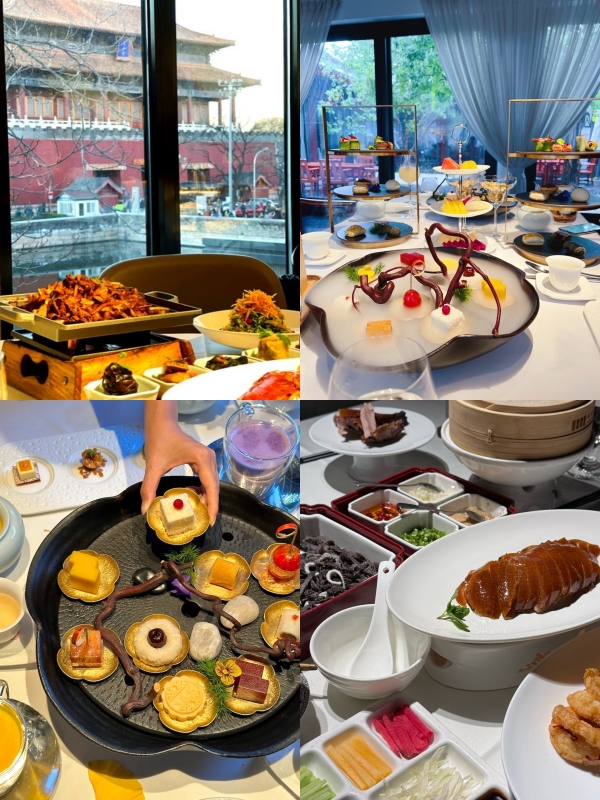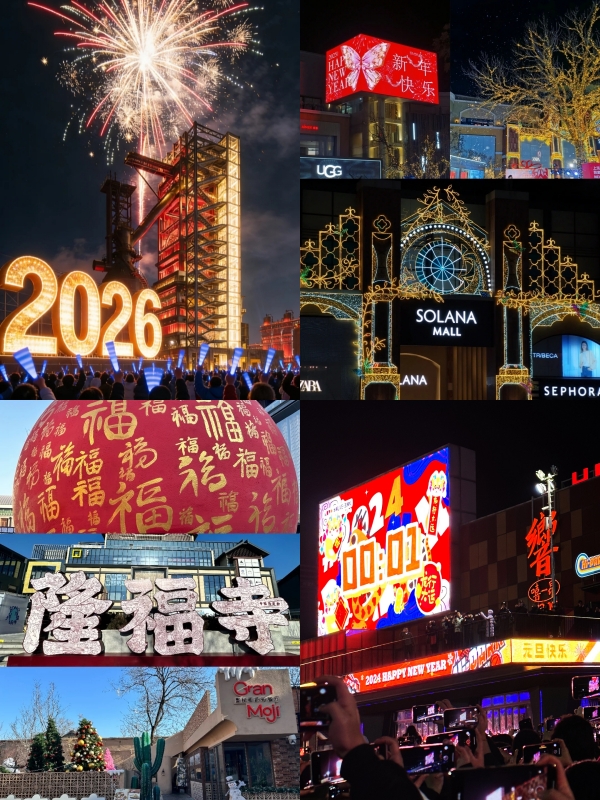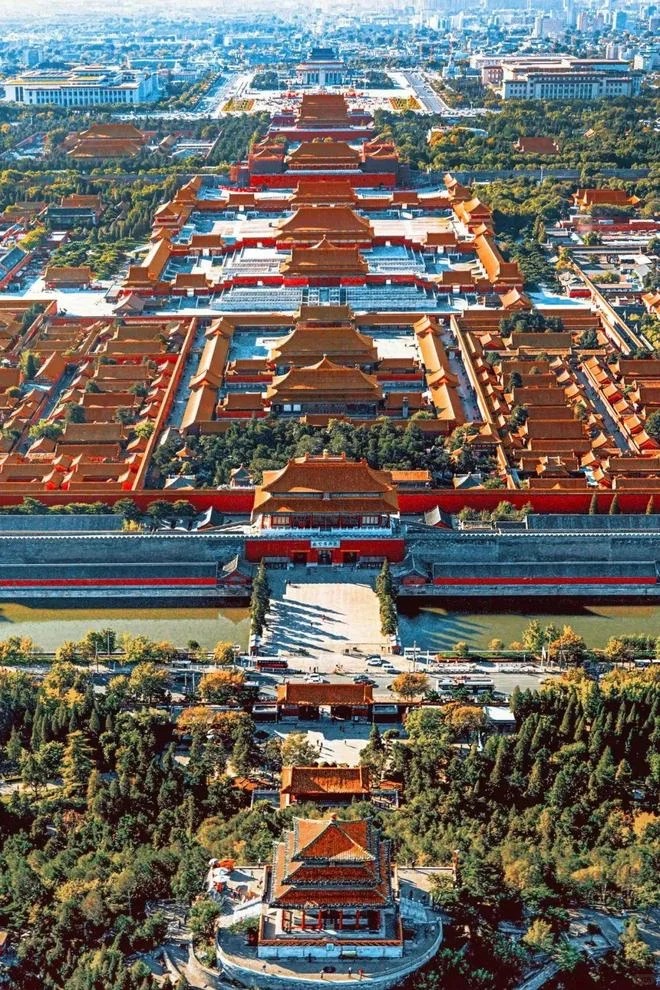Exploring Beijing historical sites is not just for sightseeing. It is literature travel without the science fiction props. One day you may be crossing a ice-encased Great Wall, the next you are drinking jasmine tea in a courtyard house that has seen dynasties come and go. It’s messy but enchanting, and makes you want to stay behind least a little longer.
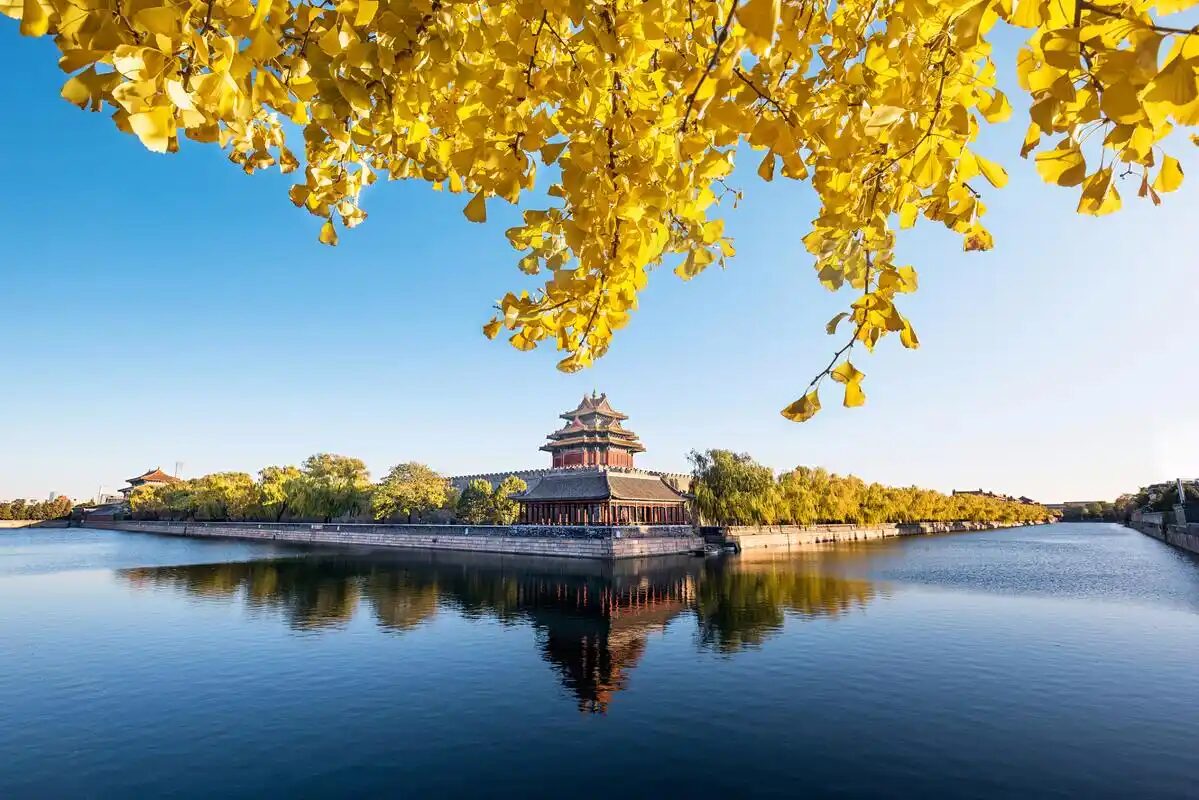
The Forbidden City in Autumn, Beijing
Beijing Historical Sites: Why They Still Matter and What They Reveal in 2025
Many people imagine Beijing historical sites as frozen in time. They ’re not. In the clear winter light near the Forbidden City, a man sells grilled chestnuts by a six hundred year-old Sui Tower and hums Peking opera tune. The song drifts out, mingles with tour groups ‘ chatter and is lost in day ‘s cries.
The Central Axis, which today has become a UNESCO site, feels like the backbone of the city. It has influenced Beijing for over 700 years. At the Temple of Heaven, forest-dwellers gather to practice taichi under pine trees. Wooden swords slice the cold air as regular as a heartbeat. The rhythm is slow and alm
1. The Great Wall: A Fortress on the Spine of China
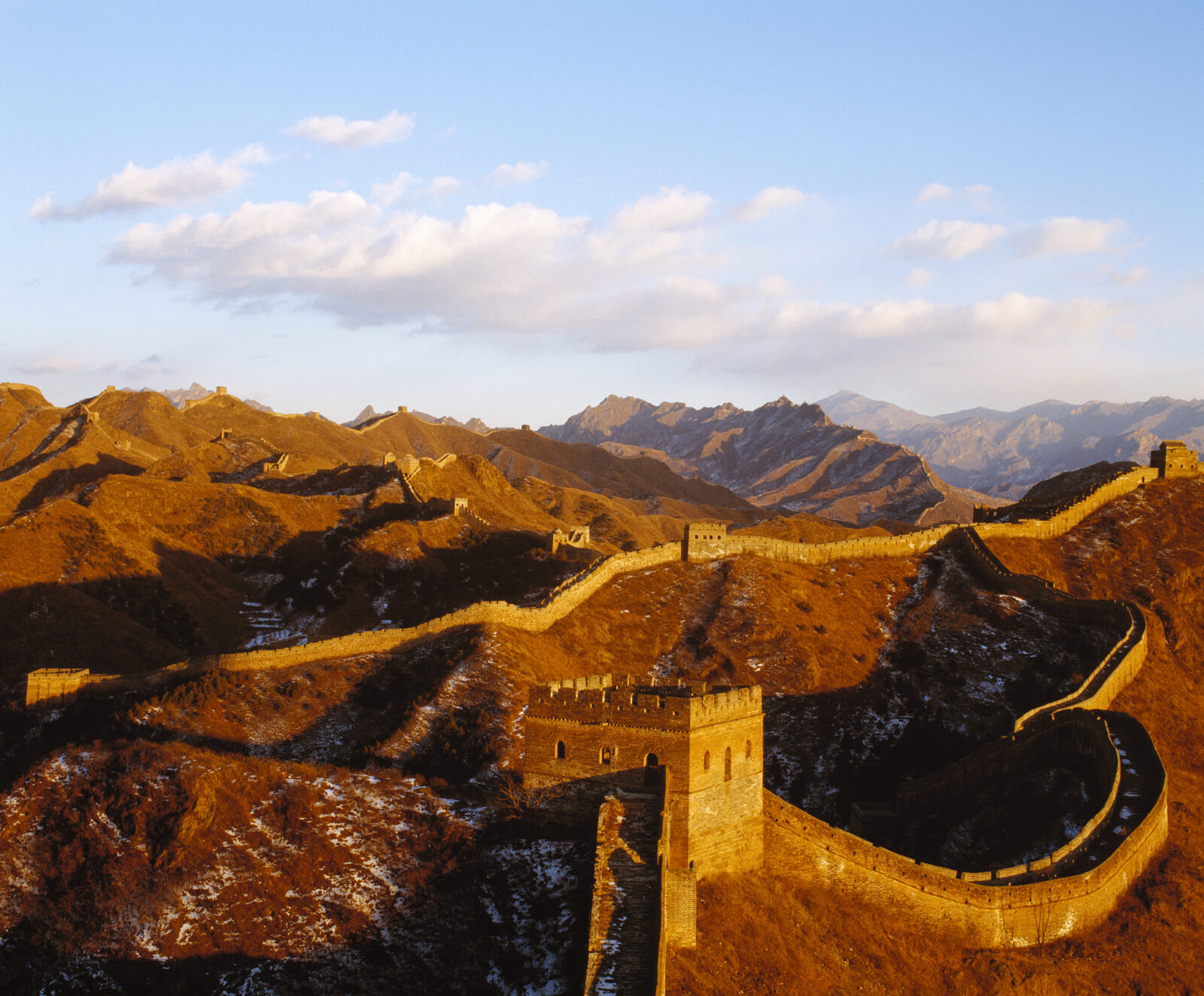
The Great Wall of China
Before you even start climbing you catch sight of the Great Wall. Along the ridge of the ridge, stone towers snake. They pulse with the mountains - a sleeping dragon resting from a long journey. It feels sharp in the winter air at Mutianyu. My hands began getting numb halfway up this first steep stretch.
Each watchtower is a story. Soldiers once stood here, staring out to spot dust clouds promising trouble. You can still feel the arrow slits, gnarled under your hand. At Badaling the crowds may get thick, but the wall pulls you away from noise anyway. It's the wind. You always have the feeling it's something ancient it rushes past, far older than all the tourist chattering.
Pretend your knees hurt: ski jumps. The cable car glides over the pines, you catch one final expanded scene. And that very moment, the Great Wall no longer seems like a relic. It is alive, desperately pushed against after centuries. Just what makes people go on climbing it?
Curious about the best routes and viewing sections of the Great Wall? You definitely can’t miss this guide!
2. Jingshan Park: The Hill That Overlooks Centuries
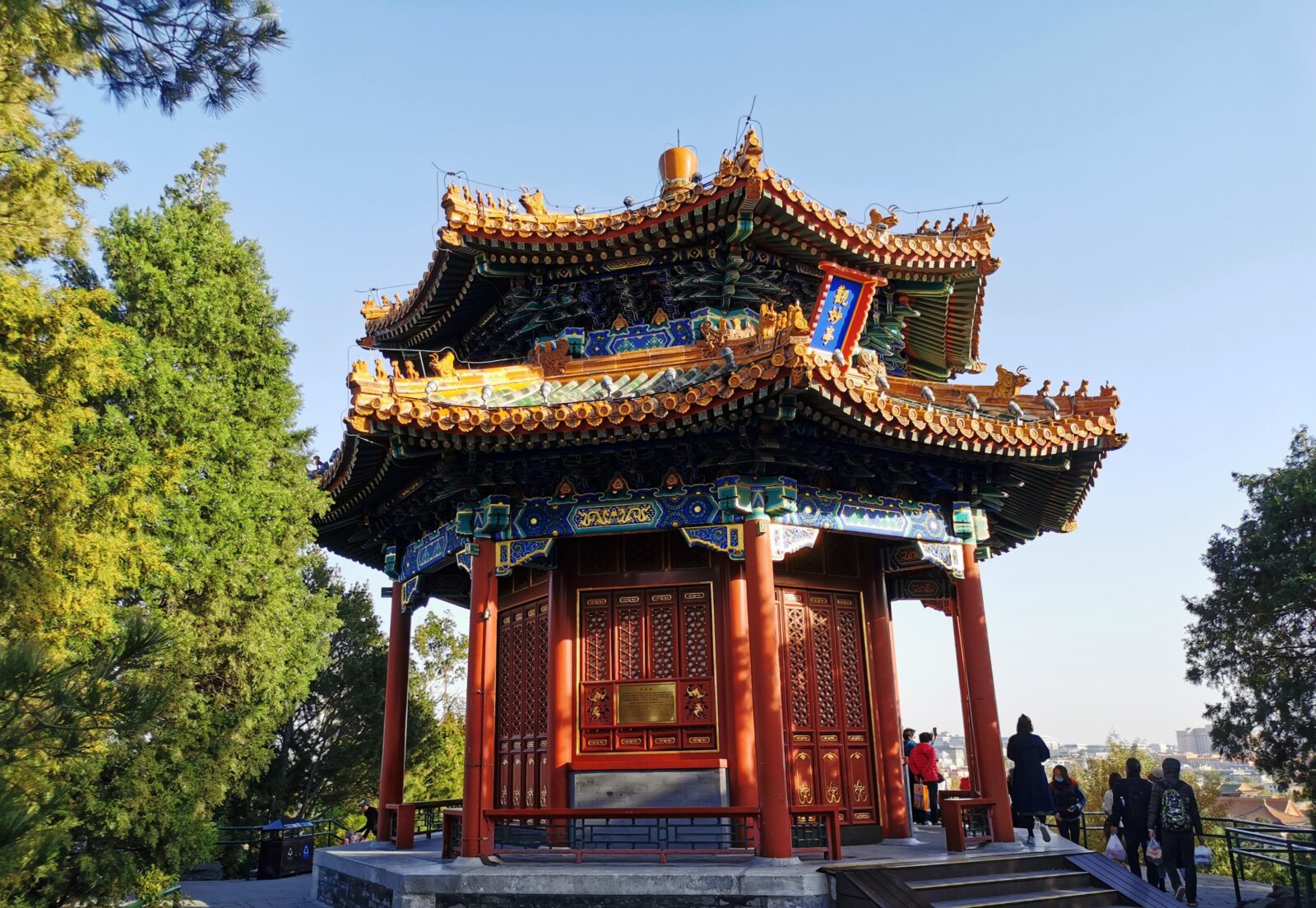
Jingshan Park – Where You Can See a Panoramic View of the Forbidden City
Maybe you never noticed Jingshan Park while sprinting from one Beijing historical site to the next. But once you pass through its small gate, the pace slows down. The climb is short—less than ten minutes if you take it slow—but each step feels like you’re leaving the city behind.
On the way up, you catch glimpses of the Forbidden City’s golden roof tiles peeking out from the pines. In winter, they stand out sharply against the pale sky. In early summer mornings, the air carries the scent of fresh earth and lotus blossoms from nearby lakes. The higher you go, the quieter it becomes, as if Beijing’s noise politely steps aside.
At the summit, Wanchun Pavilion offers a panoramic view that takes your breath away. Looking south, the Central Axis leads toward the modern Central Business District. Below, old Beijing lanes and courtyards spread out. Locals lean on railings chatting with neighbors, while tourists aim for that perfect sunset shot—how many people have stood here, gazing out over the past 600 years?
If Beijing amazed you, Shanghai will too—see Legendary 12 Historical Sites in Shanghai: Walk Through the City’s Living Past
3. Forbidden City: Walking Through Centuries of Power
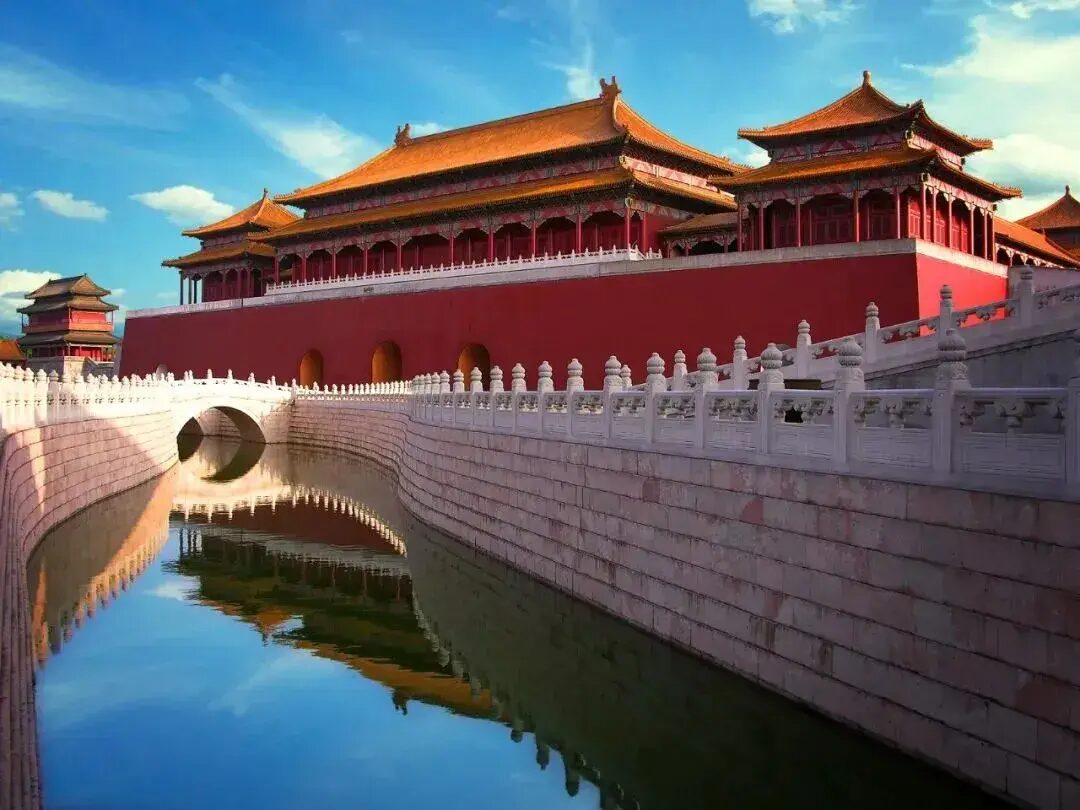
The Imperial Palace / The Palace Museum
Stepping into the Forbidden City feels different from other Beijing historical sites. The air changes; the red walls seem to hold winter’s chill yet glow warmly in late afternoon sun. Passing through the Meridian Gate is like crossing a threshold—within ten steps, you’ve left the modern city behind.
Courtyard follows courtyard. Each hall impresses, but the Hall of Supreme Harmony stops you cold. The sheer scale, the carved stone ramp, the golden throne high above—it’s impossible not to imagine the emperor’s slow approach, robes trailing, all eyes fixed on him. Yet just meters away, a guard sips tea in a quiet corner, gently breaking the illusion.
Start early if you can. By mid‑morning, crowds thicken, selfie sticks rise. Slip into smaller halls along the east or west side; here you’ll often find delicate screens, lacquered chests, or faded calligraphy away from the crush. Exiting through the north gate, the city outside feels louder, impatient—reminding you that six centuries of history can’t be kept forever.
Planning a trip to the Forbidden City? This guide will be your perfect pre‑visit companion.
4. Tiananmen Square: The Modern Symbol of China
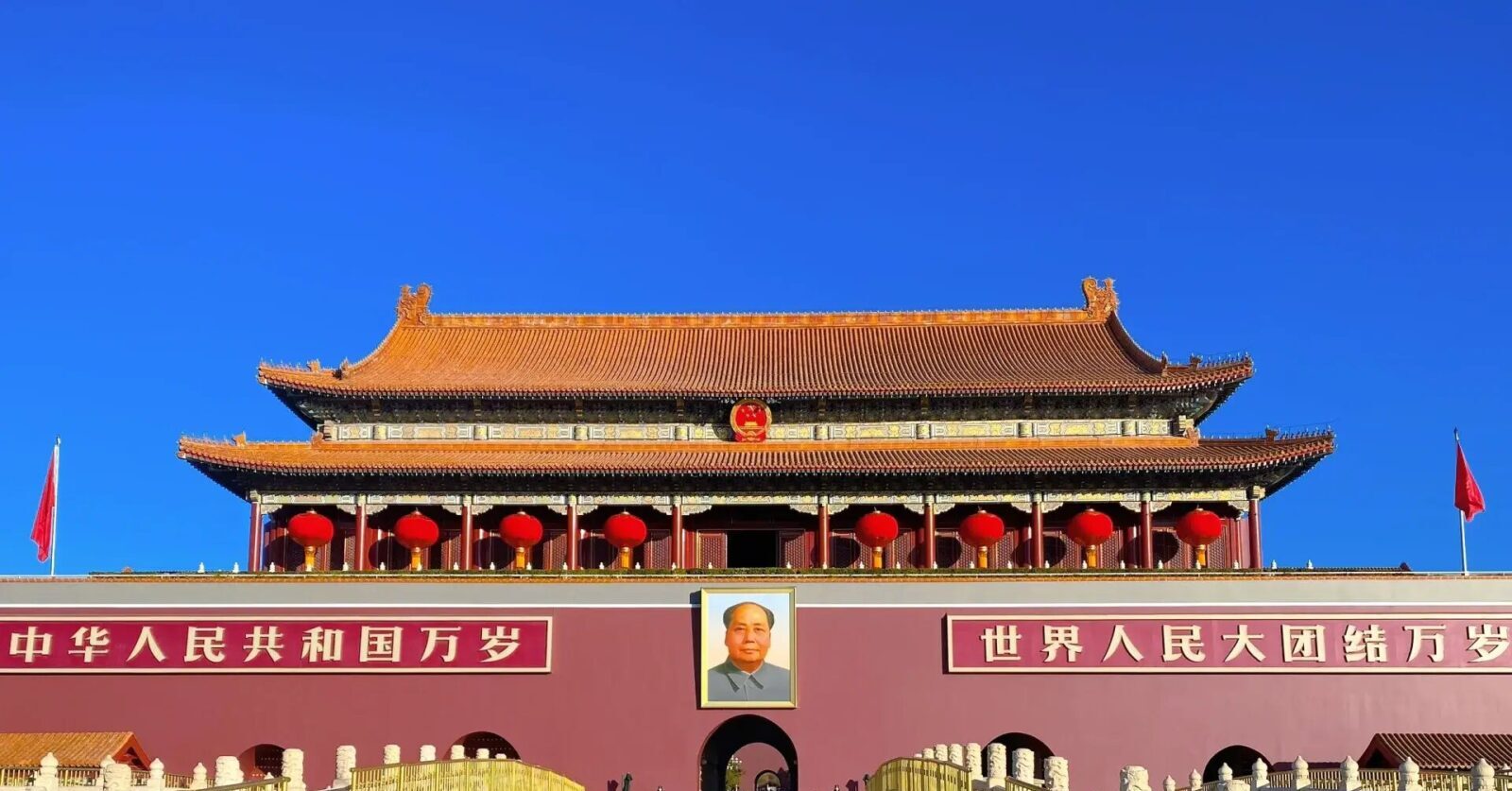
Tiananmen Gate Tower
It is nothing like the enclosed courtyards of other Beijing historical sites. Here, space stretches endlessly. The pale stone ground seems to widen the sky itself. Early mornings draw quiet crowds to the flag‑raising ceremony—tourists, school groups, a few locals holding small red flags.
In the center, the Monument to the People’s Heroes stands tall. Its carvings tell stories without words: a soldier’s tired eyes, a farmer’s steady grip. To the east runs the National Museum of China; to the west, the Great Hall of the People rises in perfect symmetry.
By midday, sunlight bounces hard off the stone, making the air shimmer. At night, surrounding buildings glow softly, and the square feels almost hushed. People still take photos, but the mood shifts—it becomes less about proof you were here, more about standing where so much of modern China’s story has unfolded.
5. Temple of Heaven: Where Emperors Met the Divine
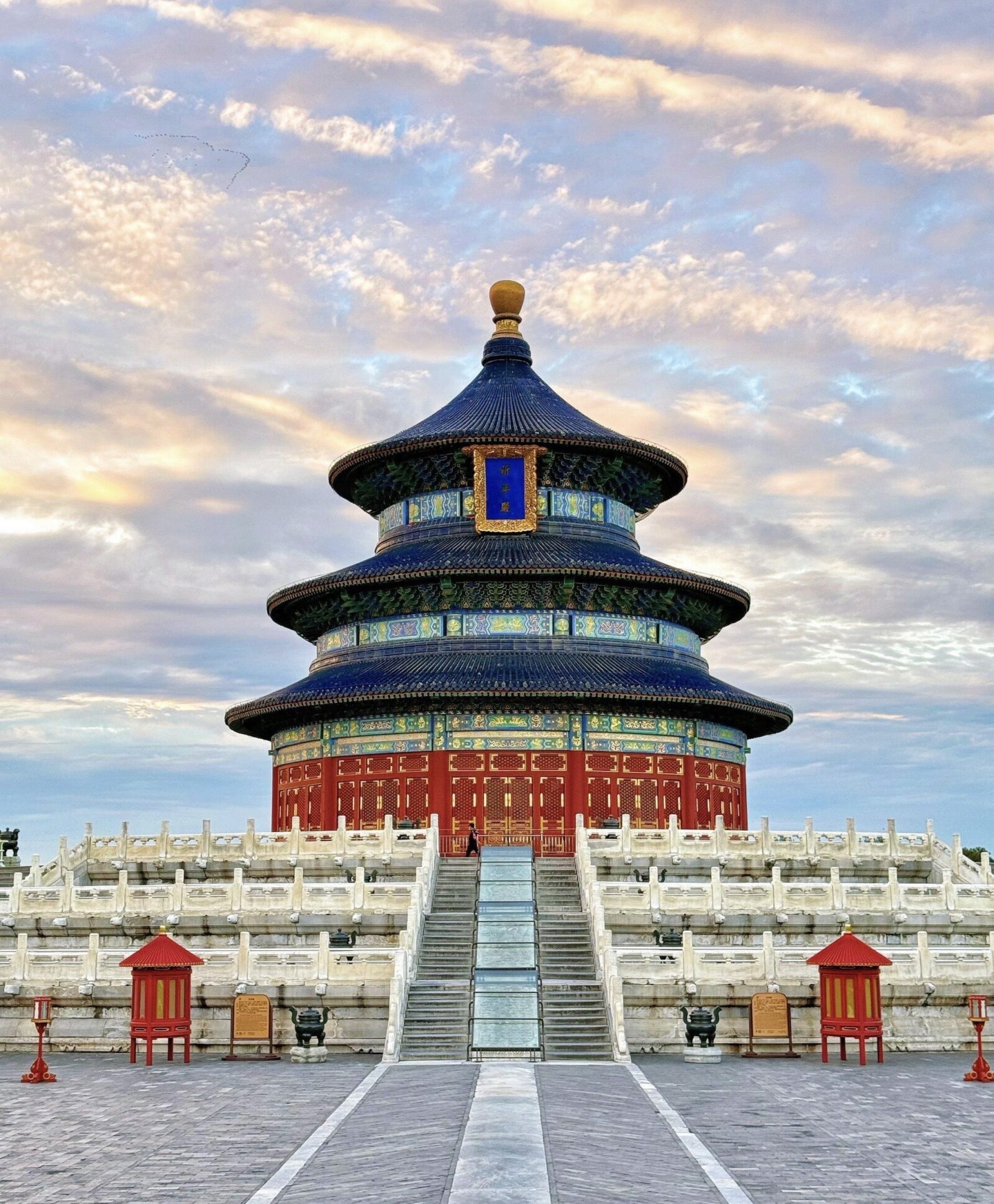
The Temple of Heaven
The Temple of Heaven sits apart from the bustle of other Beijing historical sites. Its circular blue roof rises above ancient cypress trees like a royal crown. Step inside on a winter morning, and you might hear the shuffle of shoes on stone, the slow rhythm of tai chi, and sometimes the crisp crack of a wooden sword cutting through the cold air.
The main hall, the Hall of Prayer for Good Harvests, looks flawless from a distance. Up close, the painted details reveal tiny chips and faded lines—marks of the centuries that have passed. In imperial times, this was where the emperor came to pray for abundant crops. You can almost picture the solemn ritual, incense curling up into a pale winter sky.
Learning about the Temple of Heaven’s history in advance will add depth and meaning to your visit.
6. Summer Palace: An Imperial Retreat by the Lake
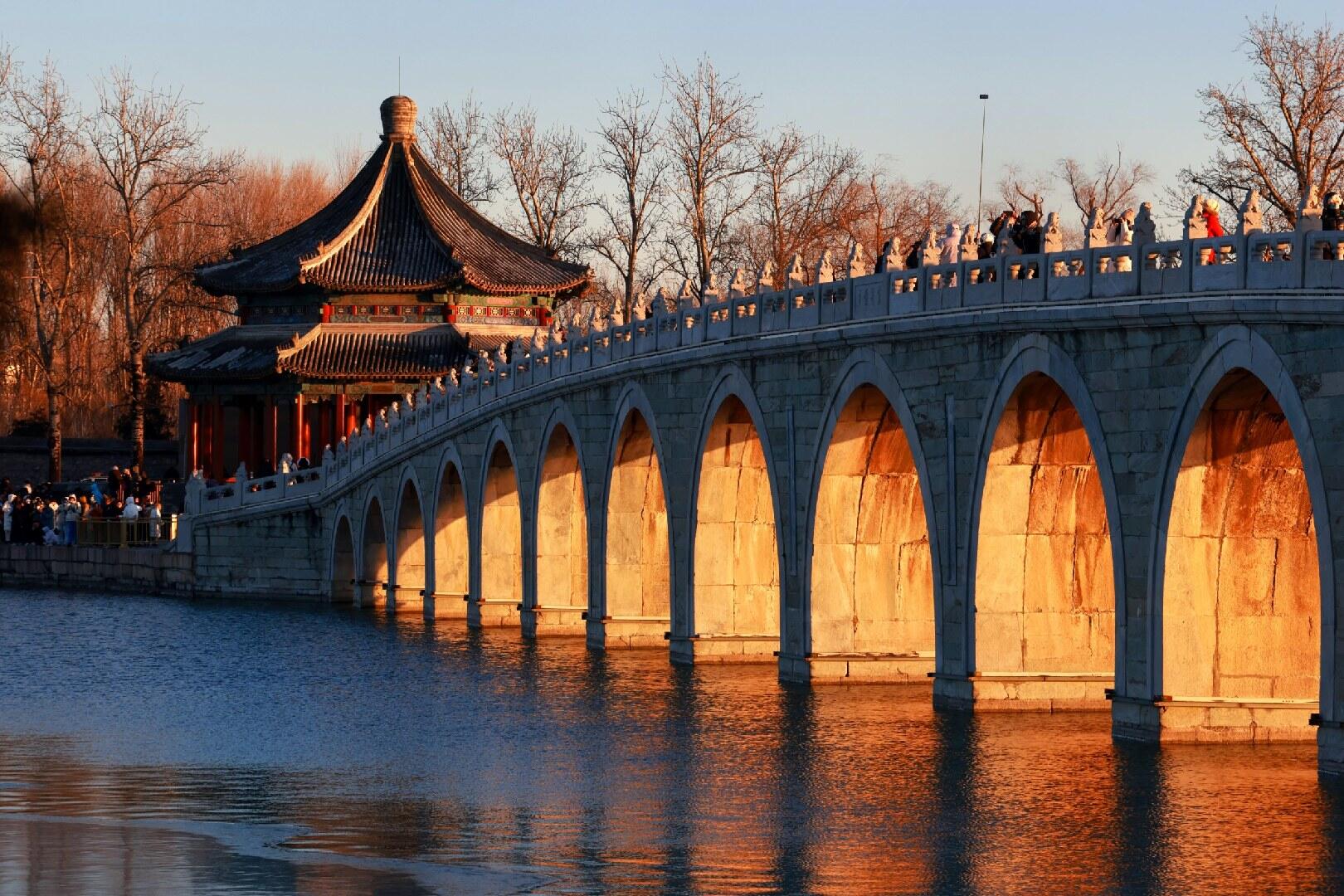
Golden Light Through the Seventeen‑Arch Bridge at the Summer Palace
Among Beijing historical sites, the Summer Palace is where the city seems to exhale. Step through its gates and the noise of traffic fades into the rustle of willow branches. The first sight of Kunming Lake can stop you mid‑stride—wide water dotted with boats, mist‑softened hills beyond.
The palace grounds weave together covered walkways, painted pavilions, and hidden courtyards. You might stroll the Long Corridor, its beams alive with scenes from legends, or climb to the Tower of Buddhist Incense for a view that cascades down to the water like a frozen wave. In winter, the lake turns to glass; children slide on the shallows while their grandparents watch and laugh.
7. Hutongs: The Living Soul of Old Beijing
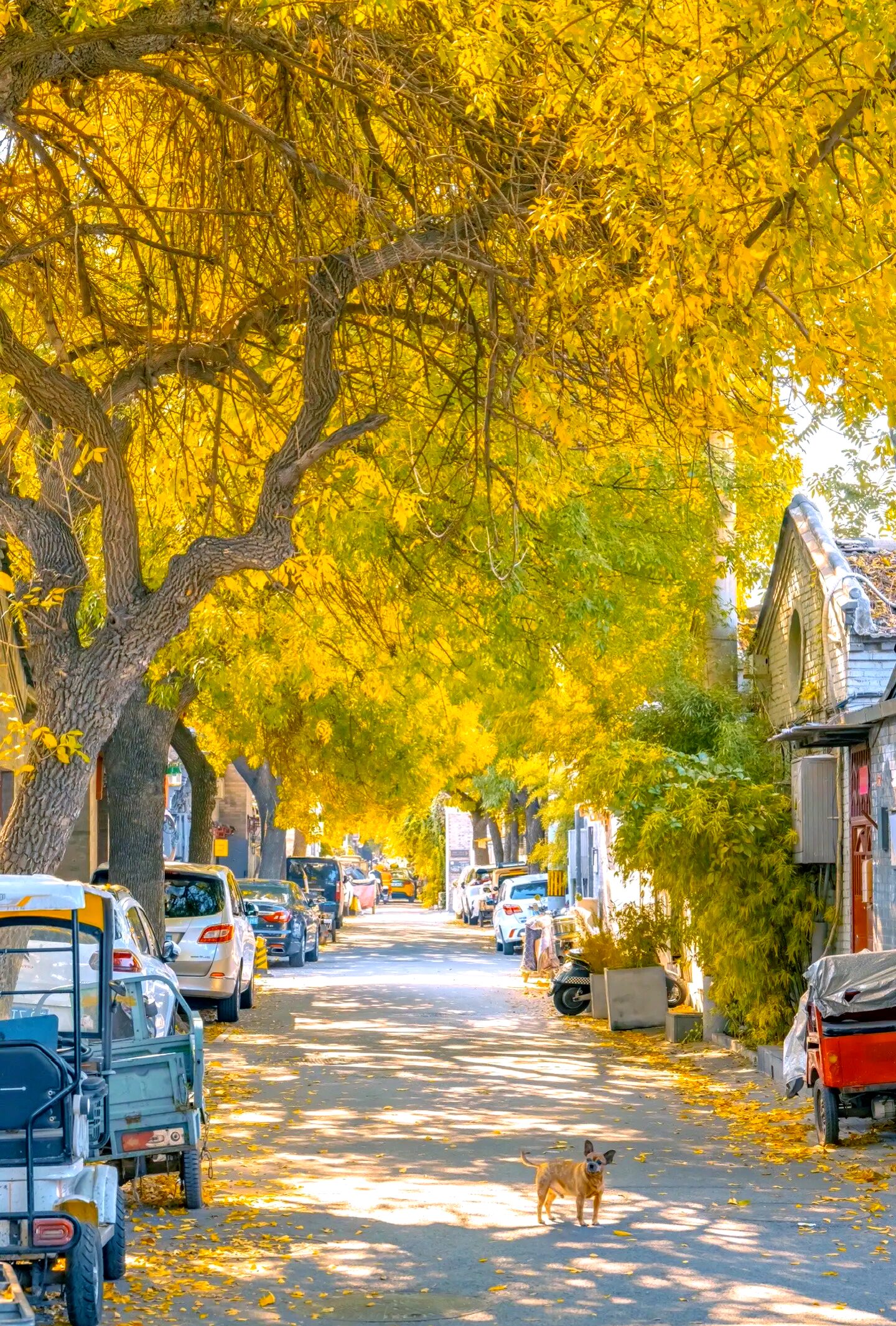
Beijing Hutongs
Some of the most vivid memories from Beijing historical sites come from the hutongs. Step in from a busy boulevard and the city’s voice drops. Narrow lanes wind between siheyuan courtyards, each doorway guarding its own untold story.
In Nanluoguxiang, cafés crowd alongside dumpling stalls, the scent of sesame pancakes drifting over souvenir shops. A few turns away, you might find a quiet alley where bicycles lean against brick walls and laundry sways overhead. If you’re lucky, a neighbor might invite you in for tea; the stories shared over a chipped porcelain cup feel more real than any guidebook.
Practical Tips for Exploring Beijing Historical Sites
The first thing about visiting Beijing historical sites—don’t rush. The city has layers, and trying to check them all off in two days will only skim the surface. Start early; the light is softer, the air cleaner, and crowds are lighter. Major spots like the Forbidden City and Temple of Heaven open as early as 8 a.m., and being first inside feels like borrowing the space before it wakes.
Carry small bills or set up mobile payment in advance. While many ticket offices still take cash, QR codes dominate—even in small hutong souvenir shops. If you’re using WeChat Pay or Alipay with an international card, set it up before arrival; you don’t want to be troubleshooting payments under the midday sun.
Plan with the subway in mind. Beijing traffic can turn a short taxi ride into an hour. The subway is cheap, clean, and stops close to most sites. And wear shoes you don’t mind getting dusty—after palace courtyards, Jingshan Hill, and a few hutongs, your gleaming sneakers will tell their own story.
Frequently Asked Questions (FAQs)
Q: Can you explore Beijing historical sites without joining a tour group?
Yes, you can. Most major sites like the Summer Palace, Jingshan Park, and even the Forbidden City are well‑signposted in English, and ticket counters have English options. However, some places—especially the Forbidden City—require an advance reservation, which you can make online through their official websites or via popular travel apps. challenge is transportation between sites—public buses can be tricky for non‑Chinese speakers, so the subway or ride‑hailing apps are easier. A self‑guided trip also lets you linger in places like hutongs without being rushed by a schedule.
Q: Are there any good sunset spots among Beijing historical sites?
Absolutely. Jingshan Park is the classic choice—its hilltop gives you a panoramic view over the Forbidden City glowing gold at dusk. The Summer Palace’s Seventeen‑Arch Bridge also turns magical when the low sun hits the arches. Even certain hutongs can surprise you, with long shadows stretching between the narrow lanes.
Q: Are there less‑known Beijing historical sites worth visiting?
Yes, and they can be rewarding. The Altar of the God of Agriculture is often empty but has deep imperial significance. The Bell and Drum Towers are quieter than the Forbidden City yet full of charm. Even smaller temples tucked between modern streets can give you a sense of old Beijing without the tourist crush.
Q: How can I photograph Beijing historical sites without big crowds in the frame?
Timing and angles matter. Arrive at opening time for major sites like the Temple of Heaven or the Forbidden City. Explore side paths—many large complexes have less‑used corridors or gardens. In hutongs, walk a block or two away from the busiest streets; you’ll find photogenic corners with fewer people.
